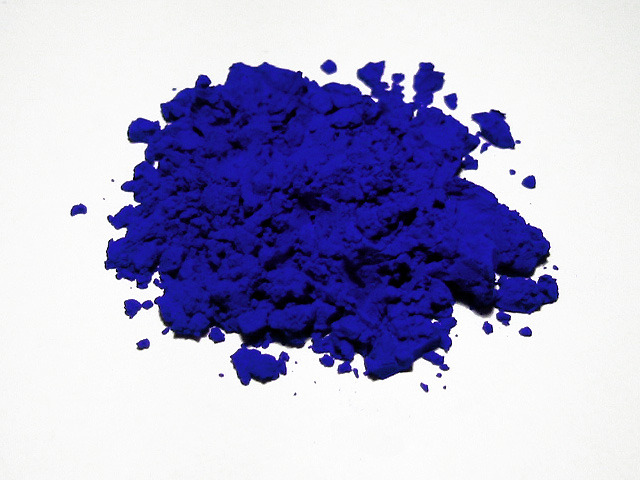I've been wanting to start a Tumblr about a particular topic as a hobby because I have such an overabundance of free time. Nothing was really striking me, but I've been reading "Zero History" by William Gibson, and I remembered, particularly in his newer novels, how dense they are with references. Some are real, some are not real, some of them are right on the brink of being real. I remember when I saw Gibson do a reading for the release of the new book, and during the Q&A, he was asked about the potential of hyperlinks in ebooks. He sort of shrugged at the idea, but answered that, since the Internet became widespread, when he writes, he doesn't feel the need to explain everything he mentions. It's as though novels are now are somewhat suspended in a cloud of information readily at the fingertips of almost every reader.
Fifty pages in and I found myself on the subway, googling references on my phone to see if he made it up or if it's a real thing that's out there. Also in his newer novels, he writes in present day. Gibson is noted as saying "The future is here — it's just not evenly distributed." His books are filled with existing items that are on the very fringe of awareness, or on the brink of becoming mainstream. It makes for a participatory reading experience, and it's a reason he's one of my favorite authors.
And so, the Tumblr. The very geeky Tumblr. For now known as Blue Ant after the corporate identity of eccentric, wealthy puppet-master Hubertus Bigend, whose curiosity drives the events of Gibson's most recent three novels. In it, I'll pick some little item mentioned in the book and explore the story behind it. It will be fun. And it will let me write little pieces about cool things. The general topics will be fashion, marketing, computing, design, corporate espionage, all great stuff even if you have no clue who William Gibson is.
I'll repost stuff on the website. Here's the inaugural post:
--

International Klein Blue
Image: ‘IKB 79’ (1959) - Yves Klein via Tate
In Hubertus Bigend’s introductory passage in Zero History, Hollis Henry quickly identifies “the only International Klein Blue suit she’d ever seen.”
“That’s Klein Blue, isn’t it?”
“Of course.”
“It looks radioactive. In a suit.”
“It unsettles people,” he said.
International Klein Blue, otherwise known as “electric blue” is a shade of ultramarine invented by French conceptual artist Yves Klein. Klein, who came into prominence in the 1950s, was known for his work in monochromatic paintings, or pieces of just one color on canvass. Klein worked with a chemist to create IKB, by suspending dry pigment in a binding agent and applying the resulting intense color to surfaces. It is described as “thrilling, eye-wateringly strong, yet strangely calming. It exhausts, then renews the eye, just by looking at it.” Klein did several paintings of nothing but his invented color, to the adoration of the art community.
The noting of a bright shade of blue as one particular color, invented intentionally by a visual artist as a conceptual statement sets the stage for Gibson’s examination of changing styles, particularly colors, and the forces that set them and respond to them.